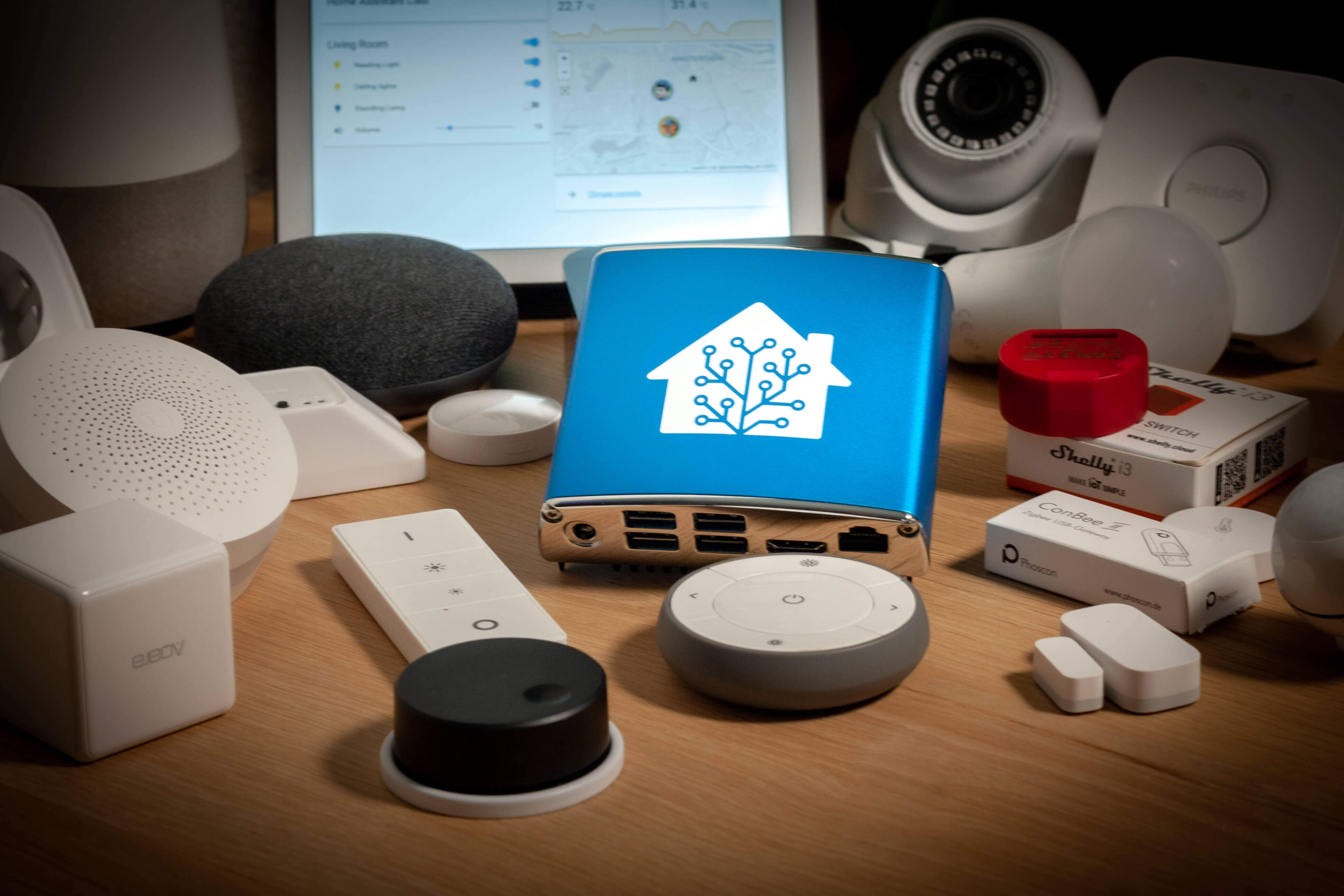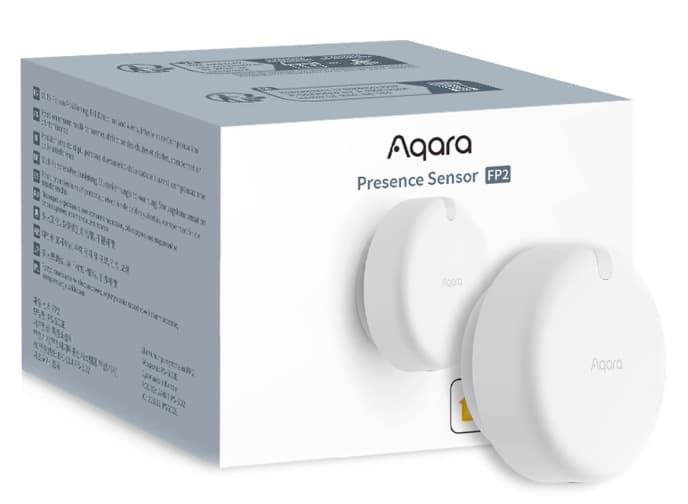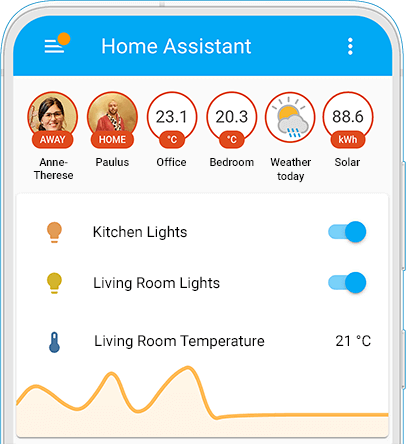Home Assistant presence detection allows users to track the location of individuals within their homes using connected devices. Home Assistant presence detection is a valuable feature that enables users to monitor the whereabouts of family members or guests through their connected devices.
This functionality is particularly useful for automating home processes, such as turning lights on or off, adjusting the thermostat, or triggering security measures based on the occupants’ locations. By leveraging Home Assistant presence detection, users can enhance the convenience, security, and energy efficiency of their living spaces.
This innovative technology not only simplifies daily routines but also provides peace of mind by ensuring the safety and comfort of the household.
The Importance Of Presence Detection
Presence detection plays a crucial role in smart home automation, allowing your system to respond to your movements and activities. Not only does it ensure that your home is responsive to your needs, but it also adds a layer of security, energy efficiency, and convenience.
Enhancing Security
Presence detection enhances security by providing real-time information about who is home or away. With this data, your home assistant can activate security measures when everyone has left and disarm them upon return, offering peace of mind and protection against intruders.
Optimizing Energy Efficiency
Optimizing energy efficiency is a key benefit of presence detection. It allows your home assistant to adjust heating, cooling, and lighting based on occupancy, reducing energy waste and lowering utility costs.

Credit: www.home-assistant.io
How Home Assistants Detect Presence
Home Assistants like Home Assistant use various methods to detect the presence, allowing for convenient automation and customization of home settings. Understanding how these devices detect presence can help optimize their functionality and improve overall efficiency.
Wi-fi And Bluetooth Tracking
Home Assistants utilize Wi-Fi and Bluetooth tracking to monitor the presence of individuals within their range. By detecting registered devices connected to the home network or Bluetooth-enabled gadgets, these systems can determine who is at home and adjust settings accordingly.
Motion Sensors
Motion sensors play a key role in detecting presence within a home environment. These sensors can detect movement and activity, providing valuable insight into the comings and goings of individuals. Home Assistants can use this data to adjust lighting, temperature, and other settings based on detected motion.
Integrating Presence Detection With Smart Security
Integrating presence detection with smart security can enhance the safety and convenience of your home automation system. By utilizing home assistant presence detection, you can ensure that your smart security devices, such as cameras and alarms, are activated or deactivated based on the presence or absence of individuals in specific areas. This blog post will explore how to integrate presence detection with smart security to create a seamless and efficient home automation experience.
Creating Geofence Zones
One of the key aspects of integrating presence detection with smart security systems is creating geofence zones. A geofence zone is a virtual boundary that triggers specific actions within your home automation system based on the occupants’ location. With the help of GPS or Wi-Fi-based tracking, you can define these zones and assign them to different areas of your home.
Benefits:
- Instantly disarm your alarm system as you approach your home.
- Automatically turn on lights, adjust the temperature, or unlock doors upon entering a designated zone.
- Receive notifications or activate security measures when someone enters restricted areas.
Example:
| Geofence Zone | Action |
|---|---|
| Your Home | Deactivate the alarm system, turn on the lights, and adjust the temperature. |
| Backyard | Trigger cameras or alarms if an unexpected presence is detected. |
Smart Cameras And Alarms
When it comes to smart security, presence detection can significantly enhance the capabilities of your cameras and alarms. By integrating presence detection technology, you can effectively optimize security measures and automate actions based on real-time presence information.
Benefits:
- Smart cameras can automatically start recording or live streaming when a person enters monitored areas.
- Receive instant alerts and notifications on your smartphone when an intruder is detected.
- Pair presence detection with motion sensors and trigger alarms if unexpected movement is detected.
Example:
- Upon detecting a presence in the front yard, the smart camera activates and starts recording.
- If an unknown individual enters the house, an immediate notification is sent to your smartphone.
- If presence detection detects movement at unusual times, an alarm is triggered, alerting you and potentially scaring off intruders.

Credit: www.derekseaman.com
Overcoming Challenges In Presence Detection
Presence detection plays a crucial role in Home Assistant, enabling your smart home to understand when you’re at home or away. It does, however, present a unique set of difficulties, just like any technology. In this post, we will discuss three common challenges in presence detection and explore possible solutions. Let’s dive in!
False Positives
False positives occur when your presence detection system incorrectly identifies someone as being at home. This can happen due to various reasons, such as misconfigurations, signal interference, or unreliable device sensors. Fortunately, there are several strategies you can employ to minimize false positives:
- Ensure that device sensors are properly calibrated and regularly maintained.
- Implement redundancy by using multiple presence detection methods, such as Wi-Fi, Bluetooth, or motion sensors.
- Configure appropriate time delays before considering someone as present or away.
- Make use of adaptive presence detection algorithms that learn from past patterns and adjust their behavior accordingly.
By taking these measures, you can significantly reduce false positives and enhance the accuracy of your presence detection system.
Privacy Concerns
Privacy is a major concern when it comes to presence detection systems. It’s crucial to strike a balance between the functionality they provide and the privacy of individuals in your household. Here are some steps you can take to address privacy concerns:
- Be transparent with everyone in your household about the presence detection methods being used and their implications.
- Restrict the collection and storage of personal information to the bare minimum necessary for presence detection.
- Regularly review and update your privacy policies to ensure compliance with data protection regulations.
- Consider using local presence detection methods that don’t rely on cloud services to minimize the potential for data breaches or unauthorized access.
By prioritizing privacy and implementing appropriate safeguards, you can ensure that your presence detection system respects the privacy of everyone in your home.
Future Trends In Home Assistant Presence Detection
As technology continues to advance, the field of home automation is evolving rapidly. One area that holds tremendous potential is presence detection in home assistant systems. The ability to accurately identify and track individuals within a home environment is not only useful for personalized automation but also for enhanced security and energy efficiency. In this article, we will explore some of the exciting future trends in home assistant presence detection.
Strong artificial Intelligence And Machine Learning/strong
Artificial intelligence and machine learning are transforming the way home assistant presence detection works. With the help of advanced algorithms, these systems are becoming smarter and more accurate in identifying individuals. They can learn patterns and behaviors over time to differentiate between residents, visitors, and even pets. By leveraging AI and ML, home assistant presence detection can adapt to changing lifestyles and preferences, leading to a truly personalized automation experience.
Strong facial Recognition Technology/strong
Facial recognition technology is another trend that is revolutionizing home assistant presence detection. By utilizing advanced computer vision algorithms, these systems can analyze and compare facial features to accurately identify individuals. It eliminates the need for cumbersome keycards or passwords, providing a seamless and convenient way to interact with your home assistant. Facial recognition technology also opens up possibilities for customized experiences based on the individual’s preferences, such as adjusting lighting, and temperature, or playing favorite music when recognized.
Moreover, facial recognition technology enhances the security aspect of home automation as it can instantly alert homeowners if an unknown person is detected. It can also be integrated with existing security systems, allowing for a comprehensive and intelligent approach to home surveillance.
Investments in AI, ML, and facial recognition technology are driving rapid advancements in home assistant presence detection. These technologies have the potential to transform homes into smart, intuitive spaces that cater to the unique needs of individuals and provide enhanced convenience, security, and energy efficiency. Whether it is adjusting the thermostat upon arrival, turning on specific lights based on preferences, or receiving customized notifications, the future of home assistant presence detection is full of exciting possibilities.

Credit: www.kickstarter.com
Frequently Asked Questions Of Home Assistant Presence Detection
What Is Home Assistant Presence Detection?
Home Assistant presence detection is a feature that allows your smart home system to detect whether you are at home or not. It uses various techniques such as tracking your mobile phone, monitoring the Wi-Fi network, or using motion sensors to determine your presence.
This information is then used to automate different aspects of your home, like turning on lights when you arrive or adjusting the thermostat based on your absence.
How Does Home Assistant Presence Detection Work?
Home Assistant presence detection works by using different methods to detect whether you are at home or not. One common method is to track the signal strength of your mobile phone’s Wi-Fi connection. If the signal strength is strong, it indicates that you are at home.
Another method is to use motion sensors placed in various areas of your house to detect movement. These sensors can trigger automation when they detect movement, indicating that you are home.
What Are The Benefits Of Using Home Assistant Presence Detection?
Using home assistant presence detection can bring several benefits to your smart home system. Firstly, it allows for more efficient automation, as your home can automatically adjust to your presence or absence. For example, lights can be automatically turned off when you leave a room, or the temperature can be adjusted when you arrive home.
Secondly, it adds an extra layer of security, as your home can send you notifications if it detects unexpected presence or absence. Finally, it enhances convenience, as you don’t have to manually control every aspect of your smart home system.
How Accurate Is Home Assistant Presence Detection?
The accuracy of home assistant presence detection can vary depending on the methods used and the specific setup of your smart home system. Wi-Fi-based presence detection can be quite accurate, especially if you have a strong and stable Wi-Fi network.
However, it may not be foolproof, as there can be instances where your Wi-Fi signal weakens or your phone disconnects temporarily. Motion sensor-based presence detection can also be accurate, but it relies on detecting movement and may not always capture presence accurately, especially if someone is sitting still or not moving within the sensor’s range.
Conclusion
In the fast-paced world we live in, having a reliable presence detection system in our homes is essential. Home Assistant provides a seamless solution that allows us to automate various tasks based on our presence. With its user-friendly interface and powerful features, Home Assistant ensures a smooth and efficient living experience.
Take advantage of this cutting-edge technology and transform your home into a smart haven. Embrace the future of smart homes with Home Assistant’s exceptional presence detection capabilities.

I am a technology writer and blogger with 17 years of experience in the fields of information technology, artificial intelligence, cyber security, automated systems, and the latest technology trends.

